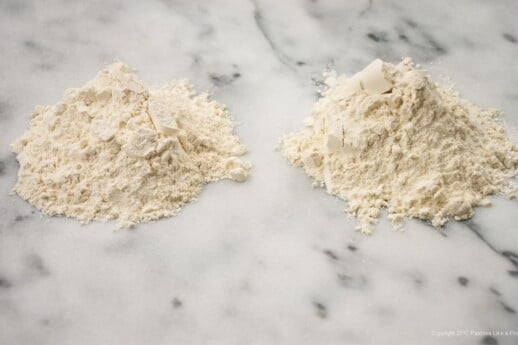 A question in a food group I belong to about measuring flour by weight has sent me on a quest to find out how much a cup of flour weighs. Unfortunately, there is no simple answer, no one answer fits all. And yet, correctly measuring flour is essential for the best outcome of baked goods.
A question in a food group I belong to about measuring flour by weight has sent me on a quest to find out how much a cup of flour weighs. Unfortunately, there is no simple answer, no one answer fits all. And yet, correctly measuring flour is essential for the best outcome of baked goods.
The problem with measuring flour by volume is flour can be aerated differently. It can be sifted, stirred and fluffed, all of which yield a different weight.
What makes recipes particularly frustrating is that everyone seems to have their own way of measuring flour. And they are all correct because it depends upon how each person measures flour. The reason for stirring the flour is that, although it is pre-sifted, it becomes compacted in the bags as it is packed and shipped. However, how much it is stirred can alter the outcome.
To begin with, it depends upon what flour you are measuring and how you are measuring a cup. Older cookbooks will have you sifting flour in a cup before using it. This will yield a lesser weight than the present day scoop method which entails lightly stirring the flour in it's container and then scooping a cup. However, if you are an avid stirrer you may have less flour than if you barely stir. If you stir the flour then spoon it into the measuring cup that is a different weight.
It also depends upon what flour you're measuring. All purpose and bread flour generally weigh the same. Cake flour is lighter and weighs less.
I told you this was frustrating.
To make matter worse, David Lebovitz, whom I follow, posted that he has his own weight conversions and recommended King Arthurs's conversion chart which is 120 grams per cup of their all purpose or bread flour. That is 20 grams off of the normal 140 grams or 5 ounces per cup that most professionals use as standard. I contacted both David and King Arthur Flour. David uses the 140 grams or 5 ounces. King Arthur also responded and said they had an entire video devoted to how they weigh flour for their recipes. Their weight is close to the sifted weight of all purpose or bread flour and for good reason. They lighten the flour by tossing it with the scoop quite a few times. They then spoon it into the cup - hence 20 grams less than the stir and scoop method.
I checked out several professional books and I contacted the Culinary Institute of America to see what they suggest. They, along with other sources, told me they go strictly by weight so have no idea what a cup weighs. Makes sense as they use formulas as opposed to recipes. So while we are on the subject, lets look at the difference between recipes and formulas.
One of the best descriptions of the difference between a recipe and a formula comes from the blog CuliNex at https://non www.culinex.biz/blog/culinex-news-events/post/why-you-need-know-the-difference-between-a-recipe-and-a-formula which states:
"A recipe is a set of ingredients and instructions needed to make a food item. The results vary from batch-to-batch and person-to-person based on the inherent inaccuracies such as human error and measuring in volume rather than by weight. Home cooks and restaurants use recipes.
A formula is a fixed set of specific ingredients listed in percentage by weight and processing instructions that have been standardized to consistently make a food item. All of the ingredients in a production formula total 100 percent, so the formula can easily be scaled up or down depending on production demands. Food product developers and manufacturers use formulas."
What I can suggest is that you follow the weights listed in any recipe you are making as that is what they used no matter who has a different measurement. Weights are always best and I am known for beating the drum for every baker to have a scale and use it. It is faster, easier and definitely more foolproof.
My post on Measuring for Baking as well as Flour as Used in Baking has additional information that is useful.


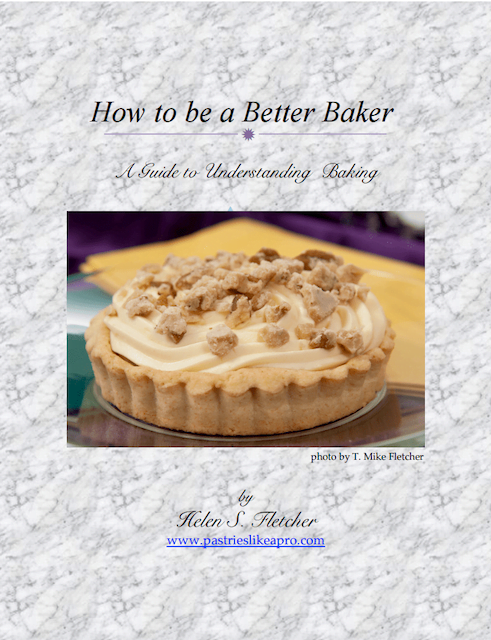

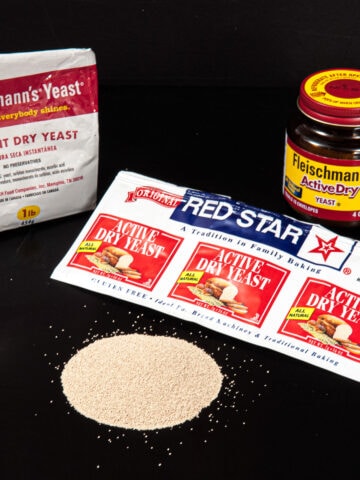
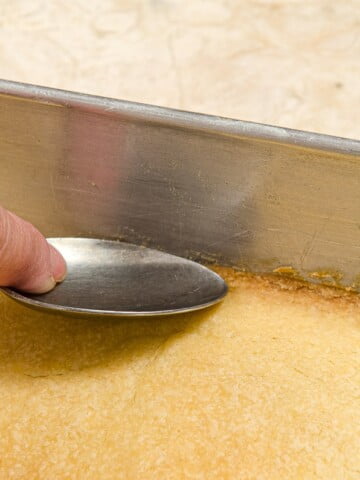
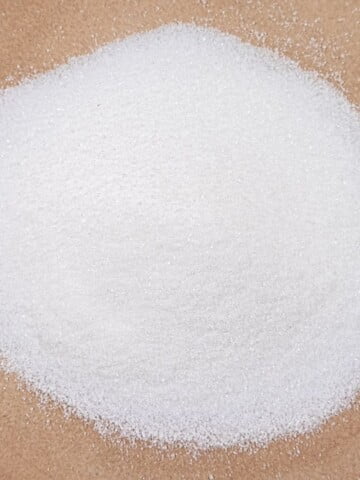

hana brand says
hi
how do weights help if weight of flours vary?
if a wholemeal recipe calls for e.g 115 g being a cup in volume but the flour that
i use weighs 105g per cup, i cant put in 115g of this flour.
wouldnt they have to write which flour they use so you get the correct measurement?
jovial einkorn flour says to weigh a cup of wholemeal einkorn at 96 grams.
thats how they measure a cup, but when i use a diff brand of einkorn, 96grams comes out to a 3/4 cup not a whole cup so weighing it at 96 grams is too little for this particular brand of flour that i am using.
please can you clear up my confusion.
many thanks
Helen S Fletcher says
You have to go by the weights given by the different flours. It would be helpful to ask them how they weigh their flours. It also makes a huge difference as to how you get the flour into the cup. Is it spooned in the bag to lighten it before putting it into the cup or just taken out of the bag as it. Even if the flour says sifted, if it sits on a pallet and is on the bottom it is going to compressed so it will weigh more if not stirred first. King Arthur and I differ as do may people on how much a cup of flour weighs. That is why it is important to follow the weights given in any recipe. It is the weight not the volume that is important. I can't speak to different specialty flour if I haven't used them.
Nita says
Thanks for writing this!
I bought a scale years ago and immediately fell in love with the fact that I don't have all those measuring cups to wash. But I quickly learned that cookie recipes fall flat (literally the cookies are flat). When I remembered an old TV discussion about the dip and scoop methods vs the spoon and level method of measuring.
I wasn't even aware of all the differences you mentioned!!
Helen S Fletcher says
Hi Nita, Flour is one of the trickiest ingredients to get right. What makes it worse is there is no agreed upon weight. Is it sifted or unsifted? Cake or all-purpose. I would venture guess, that the majority of problems that come up in baking are associated with measuring flour. Glad you found the article helpful.
Dolores says
I'm really happy that most of the new baking books provide all measurements by weight, as that's how I was taught to bake by my German Mother. I use KA flour and their weight recommendations, which have been fine.
I just found your blog, and I will say, it is fabulous! Thank you!
hfletcher says
Thank you Dolores. I agree that KA recipes work perfectly with their weights. It is just important to find out what weights each writer uses as KA is off by about 20 grams from the accepted weight per cup which is why I wish there were a standard weight - sort of like an inch is an inch.
Dolores says
Hi Helen, of course you are right, I think I've never encountered any problems because I mostly bake breads, where it's not so critical to have accurate measures, and it's easy to adjust the dough by adding a bit more liquid, or flour.
I have a very nice Swedish recipe for a lovely chocolate loaf cake that gave all the quantities in ml, instead of grams! I had to google it initially- turns out that 1 Cup of Flour = 250 ml = 125 gram
I bought your Pastry book today too:-)
hfletcher says
Hi Delores - you are so right about bread. Bread is my downfall - I love making it and of, course eating it. It is very forgiving which is why it is a good place for beginners to start - except so many people are frightened of the yeast part. Hope you enjoy the book as much as I did writing it.
Manisha says
Hi Helen
Even I struggle converting volume recipes to grams! There are so many such wonderful recipes and books out there but have cups measure! I am extremely uncomfortable and nervous when I follow volume measure. Will try King Arthur Flour's weights and measure next time. I have already been referring to your conversion and its of great help.
Love
hfletcher says
Hi Manisha - I hope all is going well with you personally and with your business. It has been so rainy here, I feel we are having monsoons! Be careful with KA's flour measurement as they are more than 2/3 of an ounce or 20 grams off most measurements. Also, flours may differ in different parts of the world. Start a chart of weights you find work when you develop or work on recipes. That might help you in the future. Love hearing from you.
karenb says
Helen, thanks for this post. I have always found this to be a dilemma for the home baker. I especially find it most frustrating when I purchase a cookbook that does not list ingredients by weight and the author fails to mention the "method" she used to measure dry ingredients in the recipes(scoop and level verses gently spoon and level).
I really wish ALL recipes would list the ingredients by weight; this would certainly eliminate a lot of "failed" recipes.
hfletcher says
Hi Karen - I agree completely that it is frustrating not to have either the weight or the method of flour measurement mentioned. Especially, since it is so important to the outcome of the recipe. Whem I started this blog, I decided to list volume, ounces and grams (my favorite). I get comments from my non US readers that they find it so helpful. Baking is different than most cooking and benefits from clarity and precision.
Marisa @ All Our Way says
Hi, Helen! Hubby and I always use weights -- more accurate and we've started including it in our recipes. Also, if we find a recipe with just measurements we experiment to see what the proper weight conversion works best. I have an app on my phone that converts back and forth and different types of flours have different weights. Interesting isn't it?? This is an excellent article for anyone who likes to bake AND make homemade pasta.
hfletcher says
Hi Marisa - the app sounds interesting but it gets back to whose weights they are using. Be sure to post what weights you use on your blog so people know. I also agree about homemade pasta. In my early days when I wrote for my original blog, The Ardent Cook, I was working on homemade pastas when I decided it was time to switch to my present blog. I loved putting the flavor in the pasta and the red pepper pasta made with red pepper puree was a favorite.